|
|
Post by flowerweaver on Oct 2, 2015 13:02:18 GMT -5
It seems this year's Lima bean harvest was affected by too much rain, even though most of the flowering occurred afterwards. None of the southwestern types that I have grown for years produced but others new to me, did. I noticed that white Lima beans succumbed the most. The bumble bees went crazy with the field, so from what I could salvage it should be a very interesting grow out next year. These were the earliest: 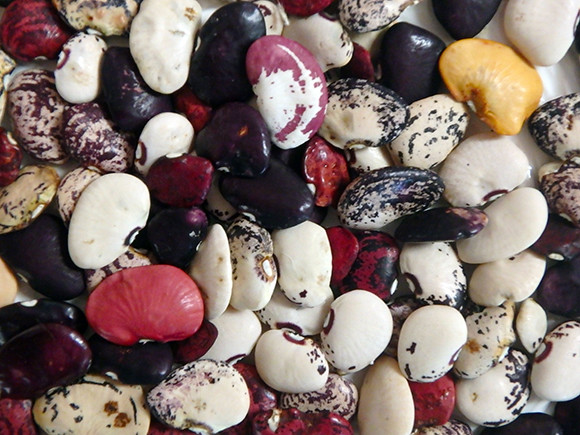 These are today's harvest: 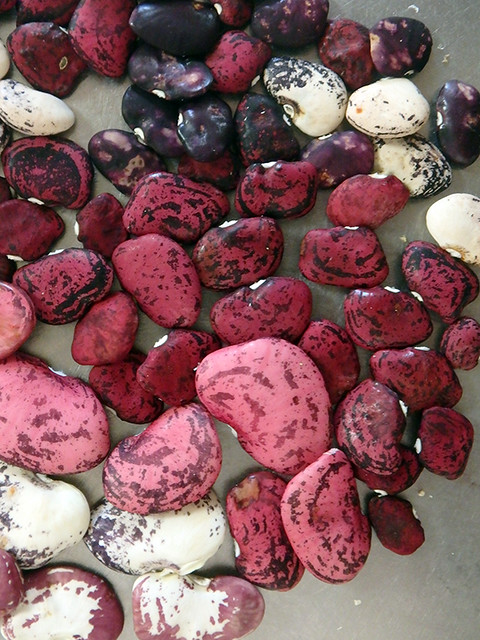 I grew these Ping Tung Zebras in a different field, but it looks like they came to me crossed. They are a very small Lima, and the striped ones even more so. Some of these look like they will get tossed, but I'm waiting to see how many more harvest: 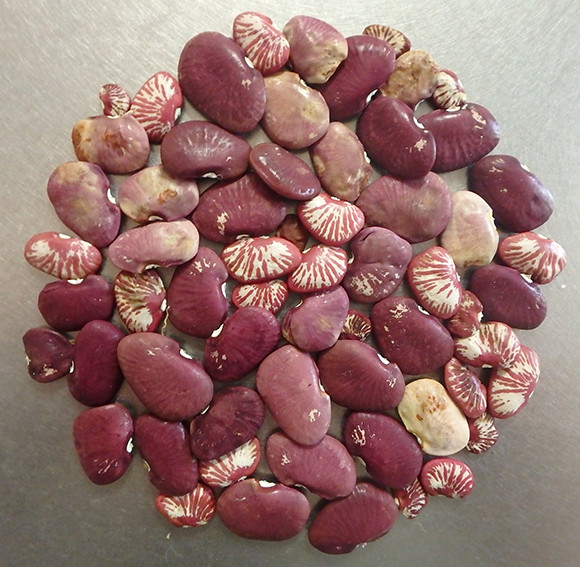 For comparison, here's a sample of last year's landrace: 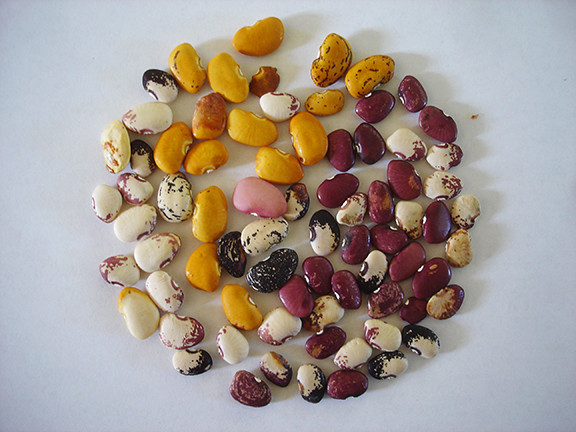 |
|
|
|
Post by jondear on Oct 2, 2015 23:09:33 GMT -5
Crossed beans in a landrace is a bad thing?
|
|
|
|
Post by flowerweaver on Oct 3, 2015 9:20:45 GMT -5
jondear crossing is a good thing. It's just the PTZ is rare, I was hoping to sell some seed and also owe some back to the man who gave them to me. It was at his place they must have crossed. I'm looking forward to seeing what grows out of the bumblebee crosses from my field. And I will add some of the PTZ into the landrace next year.
|
|
|
|
Post by darrenabbey on Oct 29, 2015 1:49:25 GMT -5
What are your goals for this project? Are you planning to simply let the population develop as it wants to, or are you planning to direct it with some guided selection as the years progress?
|
|
|
|
Post by flowerweaver on Oct 29, 2015 12:17:13 GMT -5
darrenabbey in all my landrace projects I am aiming for: high diversity, heat and drought tolerance, productivity, flavor and color. If something interesting pops up in the beans I might try to stabilize it, for fun. I'd like to guide all my projects in this direction in the future but right now I'm afraid it's still in a Darwinism 'survival of the fittest' stage. In the last five growing seasons my crops have experienced two years of exceptionally hard drought (well went dry), extreme heat, a couple of floods, last year a tornado with large hail, and this year an unfathomable amount of rain and prolific detrimental insects. That anything that has made it through this gamut seems to be testament to its ability to withstand extremes!
|
|
|
|
Post by steev on Oct 29, 2015 18:06:39 GMT -5
My farm seems to be a testament to the Sixth Great Extinction.
|
|
|
|
Post by flowerweaver on Nov 25, 2015 17:24:15 GMT -5
It's been a warm day and I've been out harvesting the last of the late Lima beans. Some are obviously immature and some got frozen the other night that I'll have to toss. It would have been a bountiful harvest this year had it not been for the rain. 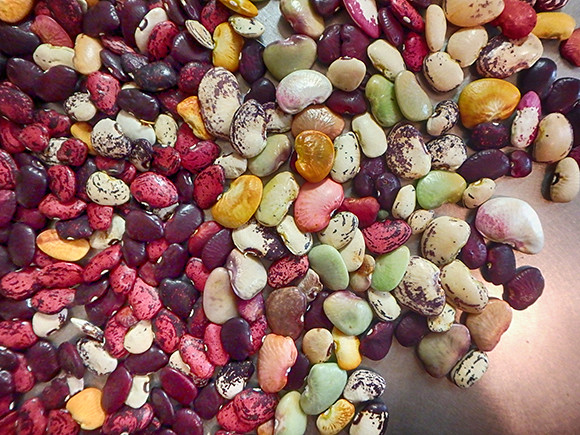 |
|
|
|
Post by raymondo on Dec 1, 2015 15:56:01 GMT -5
flowerweaver, you certainly have at least one of your selection criteria - colour. Lovely mix there.
|
|
|
|
Post by flowerweaver on Dec 1, 2015 16:43:01 GMT -5
And these raymondo are almost totally different than last year's long season ones which didn't make this year due to the rains. So if I can get both to produce next season, I'll have even more diversity.  |
|
|
|
Post by steev on Dec 2, 2015 2:17:08 GMT -5
I had a dog's luck with limas this year; Holly had sent me six varieties, of which one produced four seeds; I don't fault her or the seeds, having gotten them in late thanks to my broken foot.
|
|
|
|
Post by flowerweaver on Dec 2, 2015 17:57:47 GMT -5
Now that the Lima leaves have died back from the frost I see there are still tons of pods I haven't picked. Some still look viable. I can't believe the ones I culled in the field are sprouting--yikes! Here's today's sampling. 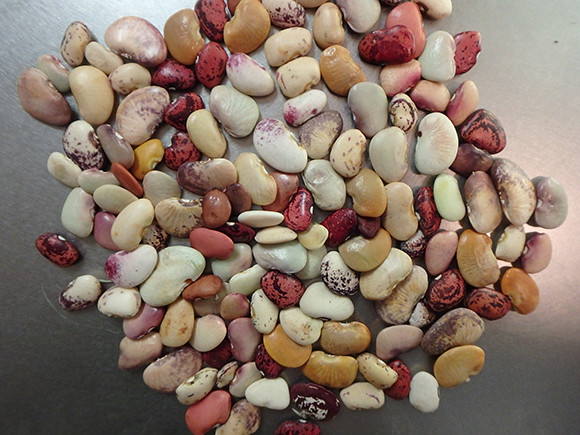 |
|
|
|
Post by homegrower on May 9, 2016 9:09:05 GMT -5
They sure are pretty!
|
|